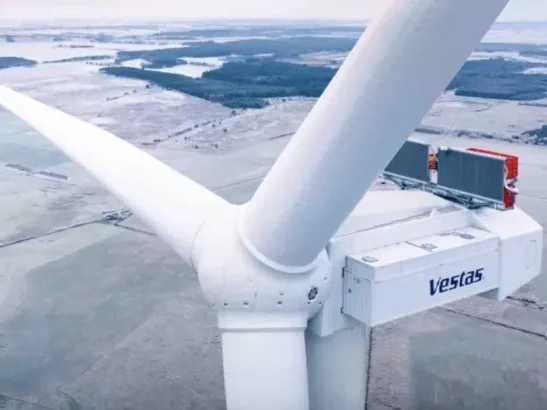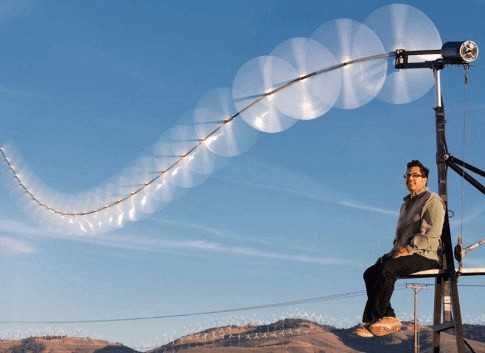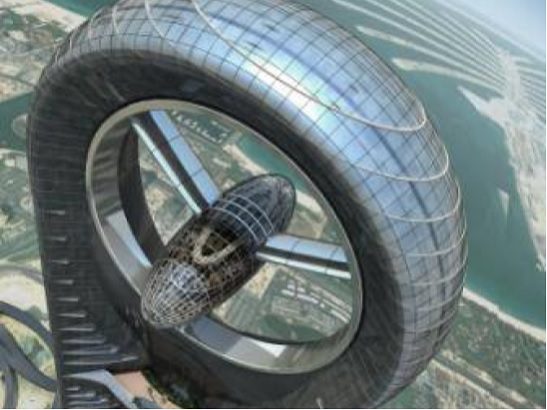Vestas dominate the wind news this week. They have negotiated a deal with EDF Energies Nouvelles to supply turbines for an 88MW unnamed wind farm in France and have released to manufacture their and the world’s, most powerful commercial turbine.
In the deal with EDF Energies, Nouvelles Vestas Wind Systems will supply 24 V90 2MW turbines and 8 V80 2MW turbines. There is also an option to supply two additional V90s and one V80.
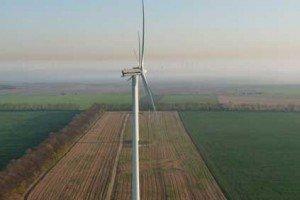
Vestas has agreed to not only supply the turbines but install and commission them. The contract to service the turbines during their use will be determined and signed at a later date, according to Vestas.
This order is part of an ongoing framework established between Vestas and EDF Energies, which was originally announced in 2011. Vestas was the leading wind turbine manufacturer in France in 2013 and has delivered more than 1,800 MW of energy-production to France.
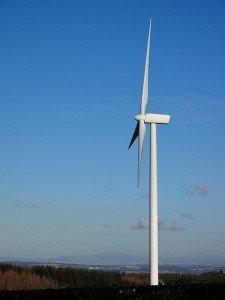
Vestas’ Chief Sale Officer Juan Araluce said:
“Vestas and EDF EN are driven by the same mission – to further develop wind power around the globe and to make it an even more competitive source of energy.”
Vestas has just released its V164 8-megawatt turbine for offshore use, it being the most powerful wind turbine in the world at the moment. The first V164 was recently installed at the Danish National Test Centre for Large Wind Turbines, where it will undergo extensive field testing and performance evaluation.
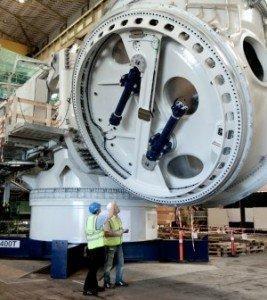
How will the V164 deliver more “bangs per buck” for wind farms using the turbine? The V164 was designed to minimize the amount of maintenance required and to make servicing as safe and simple as possible. This is of course very important in offshore wind turbines. Turbine efficiency usually increases with size and more powerful turbines minimize the number of towers required, reducing installation and maintenance costs. The V164 is built to last at least 25 years in harsh environments such as those found in the North Sea. Also, when it reaches the end of its life, 80% of the turbine’s material can be recycled. That’s something other turbine manufacturers should make note of.
The V164 has a diameter of 164 metres. Its low cut-in speed of 4 m/s allows it to generate power even on relatively calm days, although it is designed for optimal wind speeds of 12 – 25 m/s (27 – 56 mph). The V164’s 8 MW output means that each turbine can provide enough power for about 7500 homes. Putting this into some comparative perspective, a wind farm with 200 of these turbines equals the production of a typical nuclear power plant. Of course, it’s worth pointing out that if there’s an earthquake or other natural disaster, the turbines won’t leak radiation into the atmosphere!
Vestas anticipates starting mass production of the V164 next year. We at MWPS suspect it’s going to be a winner!

